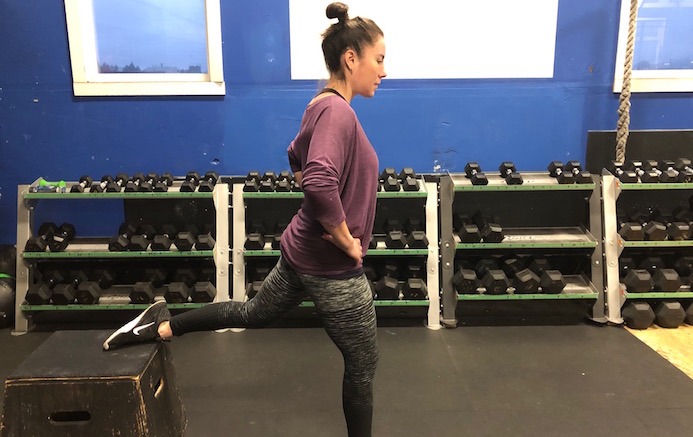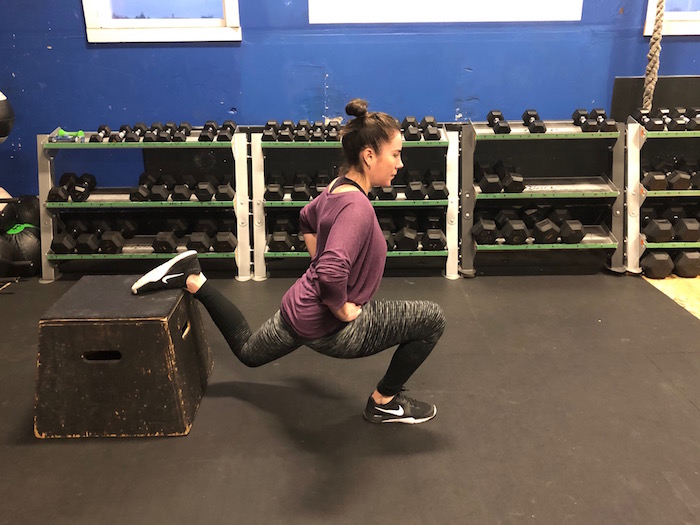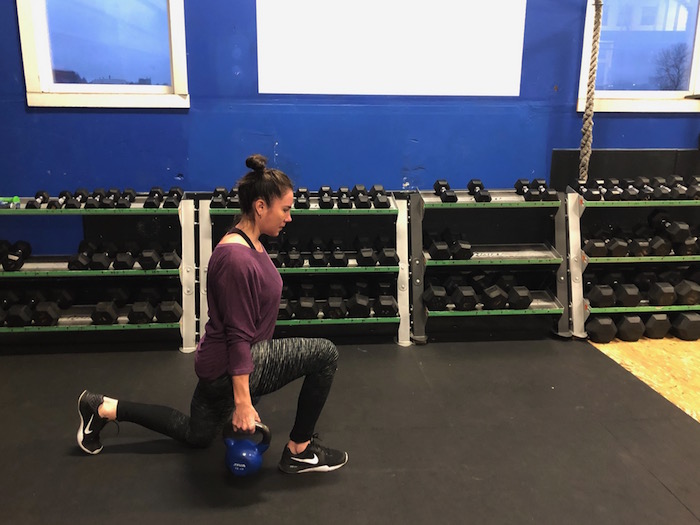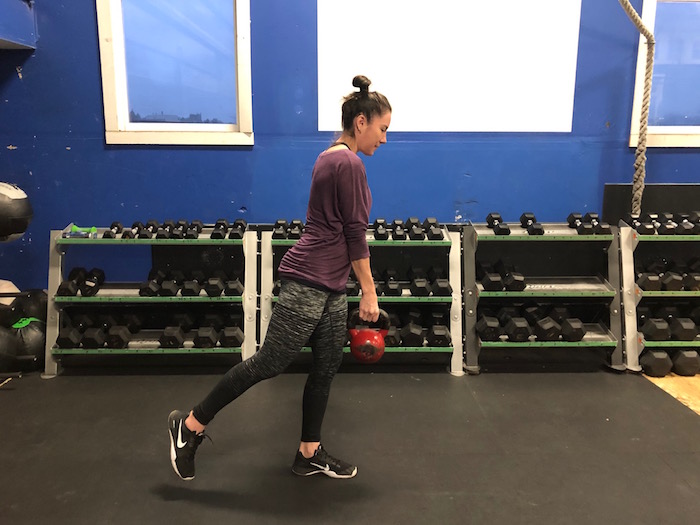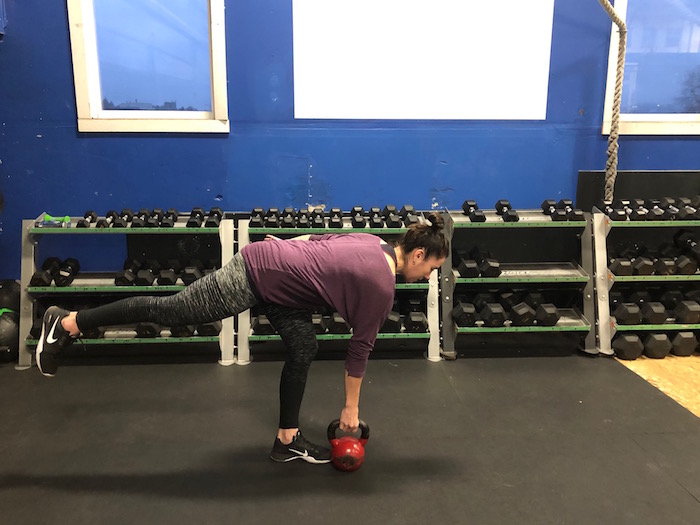No matter how hard I fight it as a coach, I get it: Some movements are just perceived as sexier than others.
Butterfly pull-ups, handstand push-ups, pistols = Sexy, and must be learned.
Ring rows, dumbbell overhead holds, Bulgarian split squats = Less sexy, and kind of boring.
Here’s the thing, though: If your ring rows aren’t strong, then you probably shouldn’t be doing butterfly pull-ups. If you can’t comfortably hold a dumbbell overhead with a straight arm while maintaining a neutral spine, you probably shouldn’t be hitting up handstand push-ups. And if your single leg strength isn’t strong enough to handle weighted Bulgarian split squats, good luck getting that pistol.
Still, clients often ask: “Can you teach me a pistol?”
My reply is generally something along the lines of: “Can you back squat your bodyweight for five reps? Can you do five Bulgarian split squats at 50 percent of your bodyweight?”
The point is, you can’t become an anesthesiologist without putting in seven long years in medical school, and you can’t skip steps when learning a pistol. It requires time and patience to build the appropriate prerequisite strength—more time for some than others.
So if you have been:
- attempting pistols and failing,
- performing pistols on a box, which allows your leg to drop below the level of the box (because your hamstring flexibility sucks),
- holding onto a post to help assist you back up with your arms, or
- raising your heel onto a plate so you can get the appropriate depth,
Just stop. These are band-aid approaches.
Try this instead: Take a step back and address your weakness through much less sexy movements to build your single-leg strength.
Three not so sexy, but useful movements to help you build single-leg strength:
1. Bulgarian Split Squats
The Bulgarian split squat is a great way to build single leg hamstring and glute strength, which is needed during a pistol.
When you’re doing these, ensure the shin on your front leg stays perpendicular to the ground. In other words, don’t let your knee come out too far in front of your toe. Secondly, lower your hips straight down like you’re doing a squat. Try to get your hip crease below the knee, also just like a squat. Finally, keep your chest proud.
If you can do these perfectly with your bodyweight, considering adding some weight or a tempo, or both. Try them with a @3311 tempo, meaning take three seconds to lower and then pause for three seconds at the bottom.
If you get to a point where you can do five Bulgarian split squats per leg with 50 percent of your bodyweight—25 percent in each hand if you’re holding onto dumbbells—I bet you’ll have acquired the strength to get that pistol.
2. Lunges
Lunges are another not so sexy, yet incredibly useful movement to help build single leg strength—both forward walking lunges, as well as reverse lunges.
Try these two challenges:
1. 8 Rep Max Front Rack Reverse Lunge
How heavy can your go for an 8 reps per leg of a front rack reverse lunge? If you build to a place where you can do this at 75 percent of your bodyweight, you’ll likely have ample strength for pistols.
2. 20-Meter Suitcase Walking Lunge
How heavy can you go while maintaining good posture and avoiding collapsing through the lower back on a 20-meter suitcase walking lunge? Can you do it with 25 percent of your bodyweight per hand?
3. Single-Leg Dumbbell RDLs
Single-leg RDLs (Romanian Deadlifts) are not just great for building hamstring and glute strength, they’re also effective for improving balance, which is another component of the pistol.
Keep these slow and controlled and maintain a neutral spine throughout.
Beyond Strength
While single-leg strength is one of the major keys to acquiring a pistol, the second component is flexibility—from your hamstrings, to your ankles to your hips. If flexibility is your weakness, here are some useful resources to check out:
- 6 Stretches and Warm-ups to Improve Ankle Mobility
- Try These 8 Stretches to Improve Ankle Mobility
- What’s the Difference Between Mobility vs. Flexibility?
- 3 Movements to Increase Hip Mobility for Weightlifting, Squats, and Functional Fitness
Editor’s note: This article is an op-ed. The views expressed herein and in the video are the author’s and don’t necessarily reflect the views of BarBend. Claims, assertions, opinions, and quotes have been sourced exclusively by the author.
